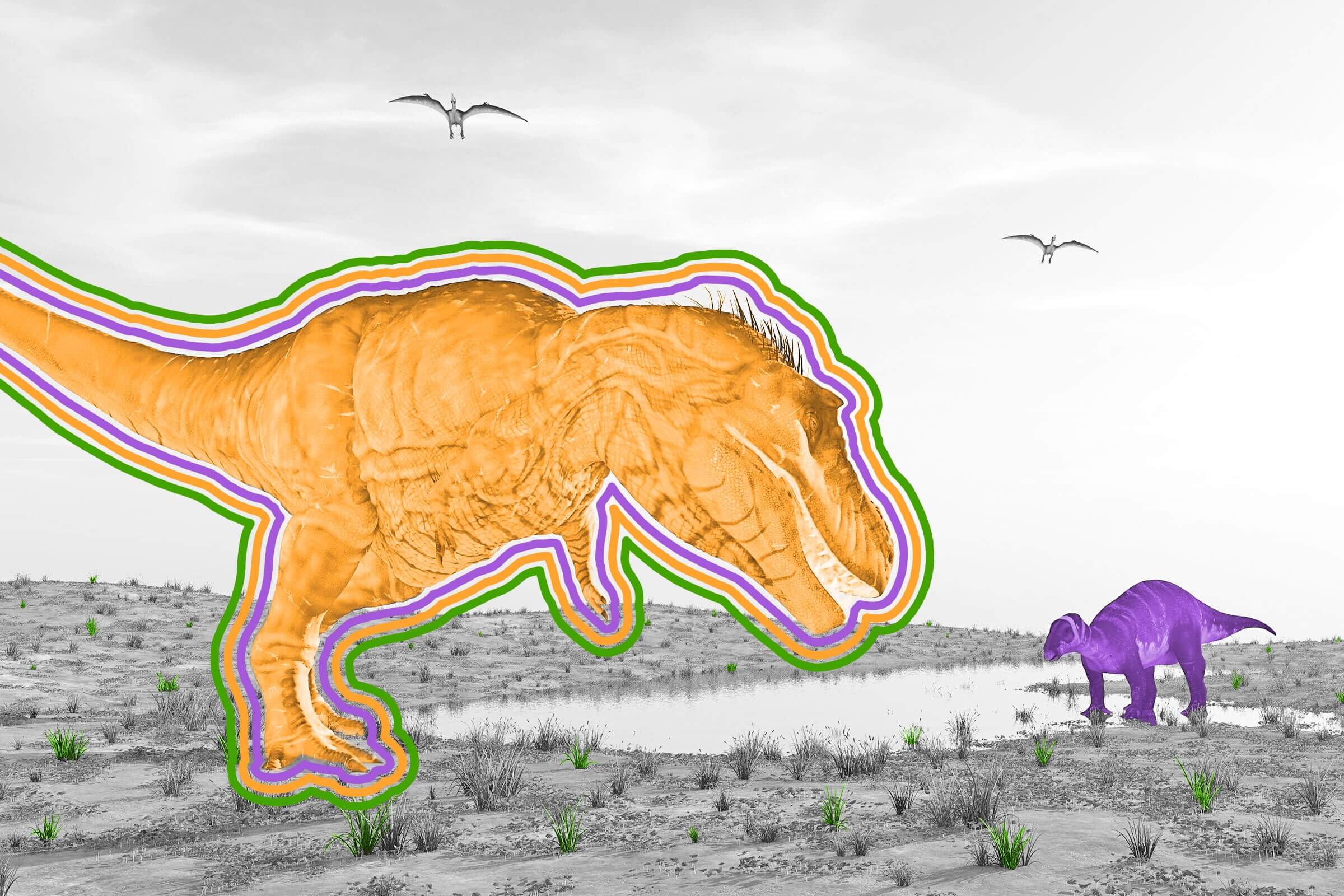
A day in the Age of Dinosaurs was around 23 hours long.
Think there aren’t enough hours in the day? Have some sympathy for the dinosaurs. Whether it’s the eye-catching stegosaurus of the Late Jurassic or the world-famous T. rex, the dinosaurs that once roamed the Earth experienced only 23-hour days. This isn’t some weird quirk — the Earth’s rotation has been slowing down for billions of years (at least until recently; more on that below).
Some 1.4 billion years ago — a billion years before life first walked on land — a day on Earth was only 18 hours and 41 minutes, according to a paper published in Proceedings of the National Academy of Sciences in 2018. As time progressed, the Earth’s rotation steadily slowed down as the moon escaped further and further into its modern orbit. According to the calculations in the paper, the Earth added approximately 0.0000135 seconds every year, so that by the time the dinosaurs rolled around (about 252 million years ago), an Earth day had expanded to 23 hours. By the time the very first Homo sapiens began walking the Earth only a scant 300,000 years ago, a day on Earth was more or less in its current 24-hour form. Some estimates state that the length of one Earth day has increased 0.047 seconds since the collapse of the Bronze Age, in 1200 BCE. Hey, it’s still slightly more time to get through your to-do list.
The Earth’s 24-hour rotation is a rough estimate, since planetary quirks such as its molten core, imperfect shape, explosive volcanoes, and even wind patterns can affect its spin. Overall, tidal forces should be continuing to steadily slow down the planet’s rotation, but instead the opposite is happening. On June 29, 2022, the Earth pulled off its fastest daily rotation in recent memory, ending its usual 24-hour spin some 1.59 milliseconds early. Scientists aren’t sure why the planet’s spin is now speeding up, though culprits like climate change or other atmospheric anomalies might be to blame. In light of this unexpected rotational acceleration, scientists could one day decide to subtract a second from our clocks in order to keep things in sync.

